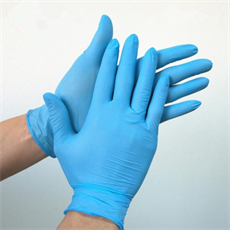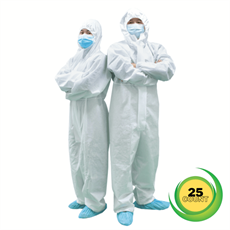“Gowning up” for surgery refers to the process by which healthcare personnel don personal protective equipment (PPE), including surgical gowns, gloves, masks, and other necessary items, before entering an operating room or performing a surgical procedure. Proper gowning is crucial to maintain a sterile environment and prevent infection. Below is a step-by-step guide for gowning up for surgery:
Note: The specific gowning procedure may vary depending on the healthcare facility’s protocols and the type of surgery being performed. Always follow the guidelines and procedures established by your healthcare facility.
- Hand Hygiene: Wash your hnhoroughly with soap and water for at least 20 seconds or use an alcohol-based hand sanitizer with at least 60% alcohol. Ensure your hands and forearms are clean before proceeding.
- Don Surgical Attire:
- Remove Street Clothes: Change out of your street clothes and into clean surgical attire (scrubs). Ensure that your attire covers your arms and legs.
- Perform a Surgical Hand Scrub: If required, perform a surgical hand scrub. This involves washing your hands and forearms with an antimicrobial soap for a specified duration, typically three to five minutes. Rinse thoroughly and allow your hands and forearms to air dry.
- Don Shoe Covers:
- If shoe covers are part of your facility’s protocol, put them on over your surgical shoes or clean, closed-toe shoes.
- Don Head Cover and Mask:
- Place a surgical head cover or hood over your head, ensuring that all hair is completely covered.
- Apply a surgical mask, securing it over your nose and mouth. Adjust the mask for a snug fit.
- Don Sterile Gloves:
- Open the sterile glove pads tckage carefully, ensuring that the gloves remain sterile.
- Slide your hands into the gloves without touching any non-sterile surfaces.
- Secure the gloves in a manner that avoids contamination.
- Don Sterile Gown:
- Have a colleague assist you in donning the sterile gown if necessary.
- Slip your arms into the sleeves of the gown, ensuring that your hands and wrists remain inside the sleeves.
- Allow your colleague to fasten the gown behind your neck and at your waist. Avoid touching any non-sterile surfaces during this process.
- Adjust the gown as needed to ensure it is secure and covers your chest, arms, and upper body fully.
- Secure the Gown Neck and Waist Ties:
- Secure the necktie first, ensuring a snug fit.
- Secure the waist tie, tying it securely in the back.
- Final Adjustments:
- Check that all PPE, including the mask, gown, gloves, and shoe covers (if applicable), is in place and secure.
- Ensure there are no gaps or exposed areas of skin.
- Enter the Operating Room:
- Once fully gowned and gloved, you are ready to enter the operating room or perform the surgical procedure.
It is crucial to follow these steps meticulously to maintain a sterile field and minimize the risk of contamination during surgery. Additionally, always adhere to the specific gowning and gloving protocols established by your healthcare facility to ensure patient safety and infection control.























